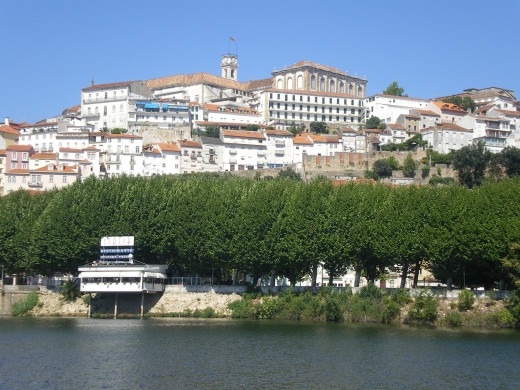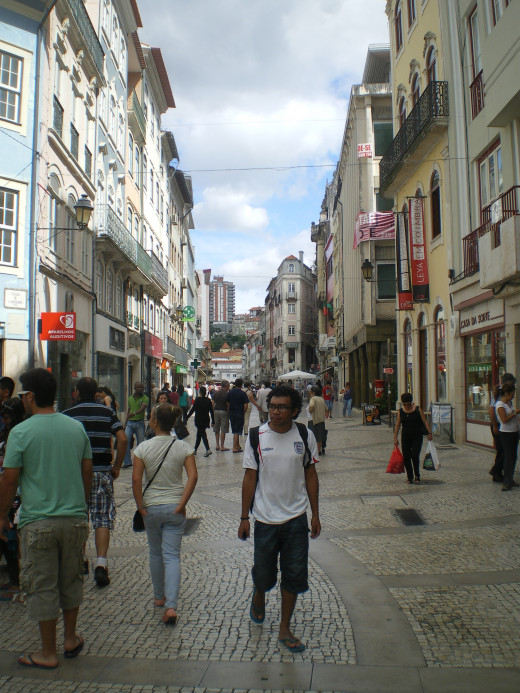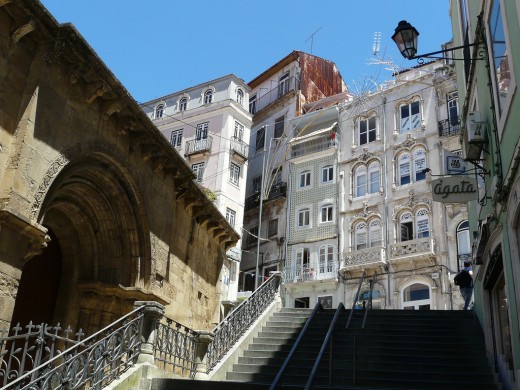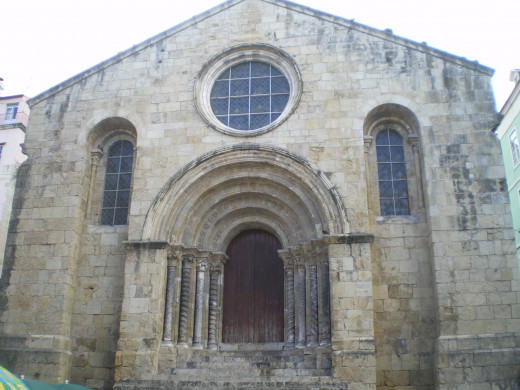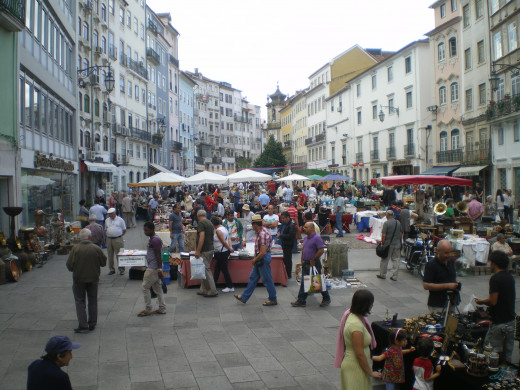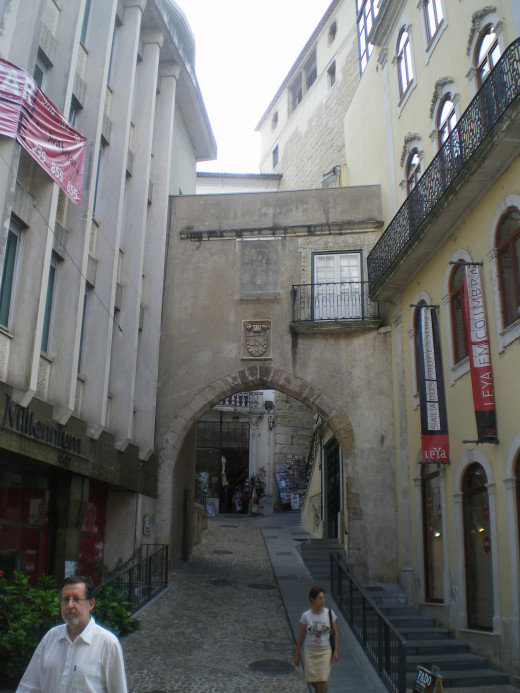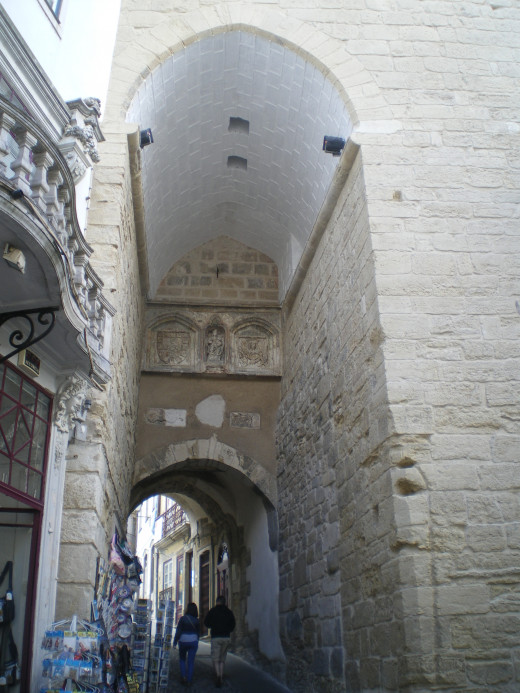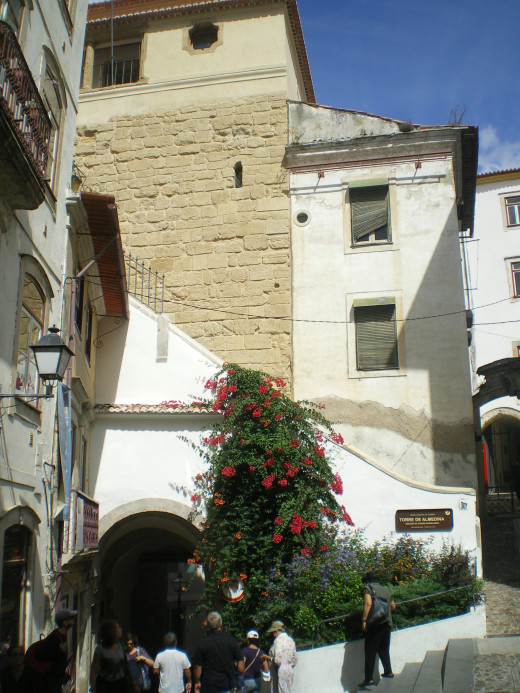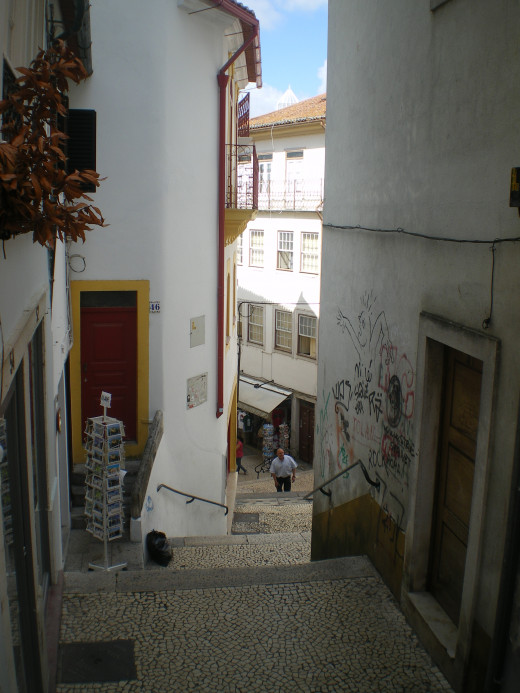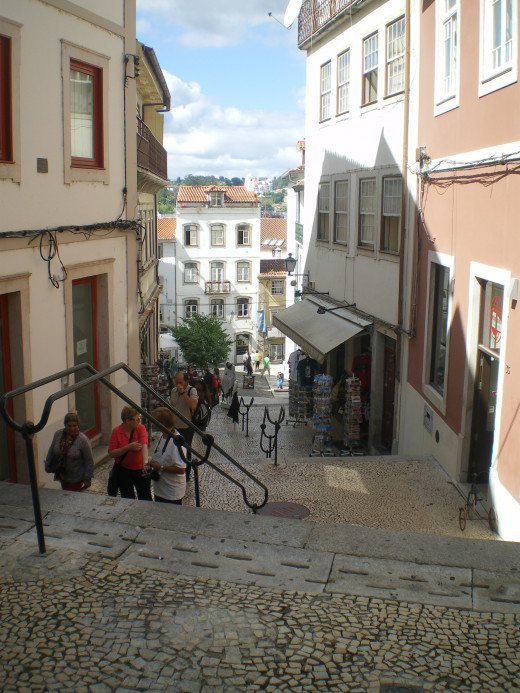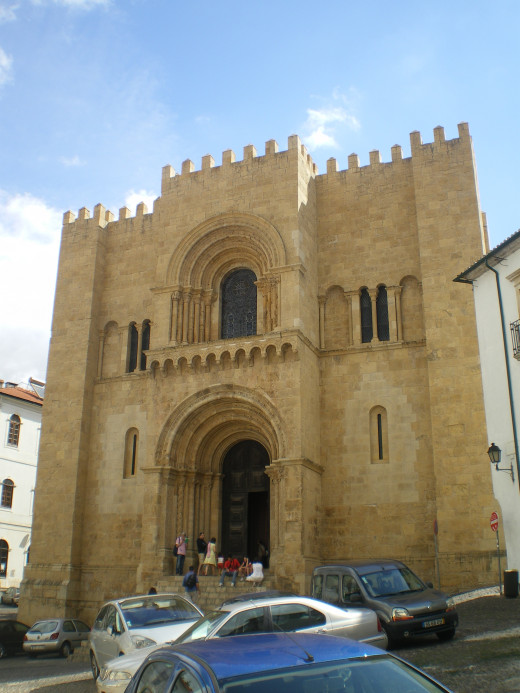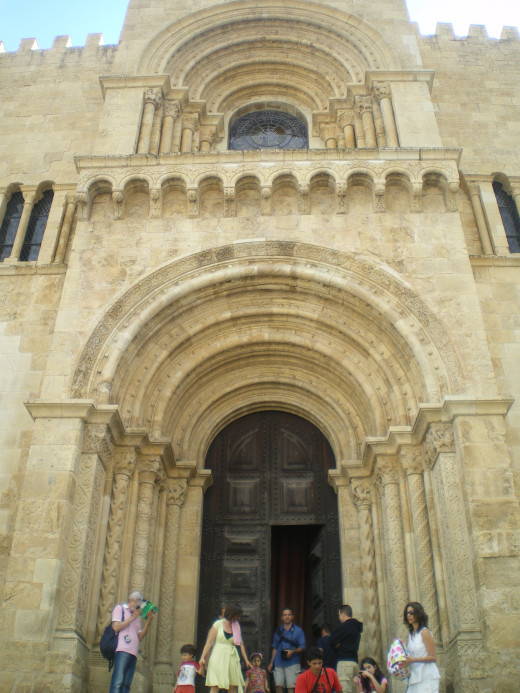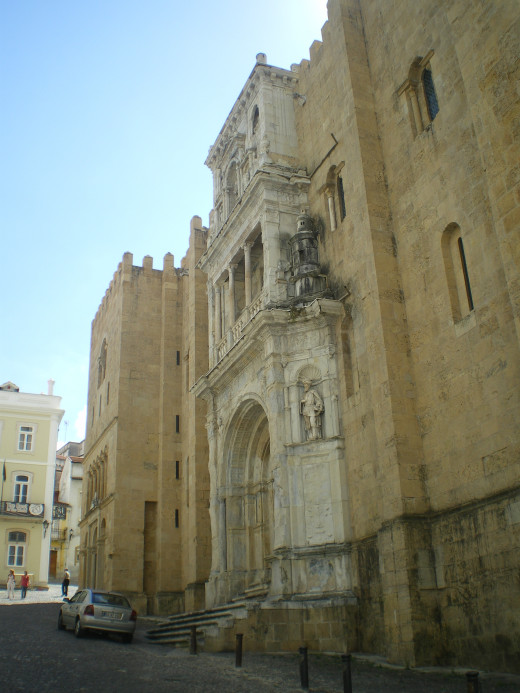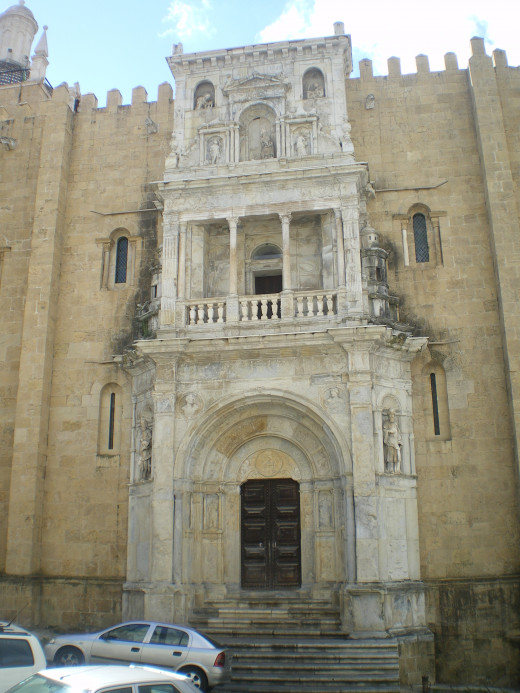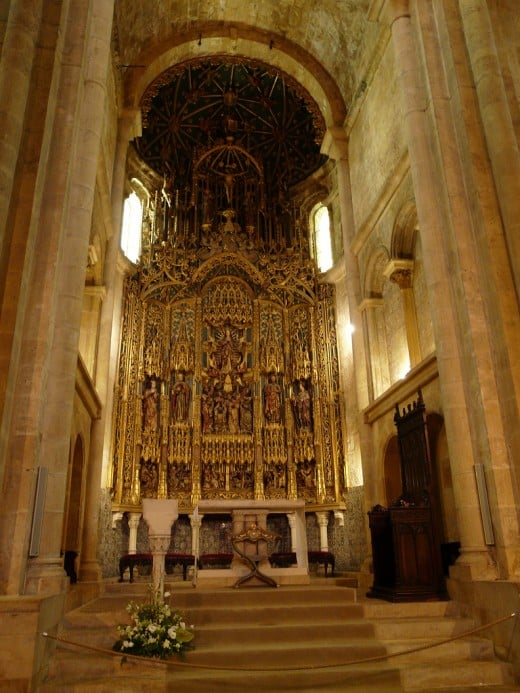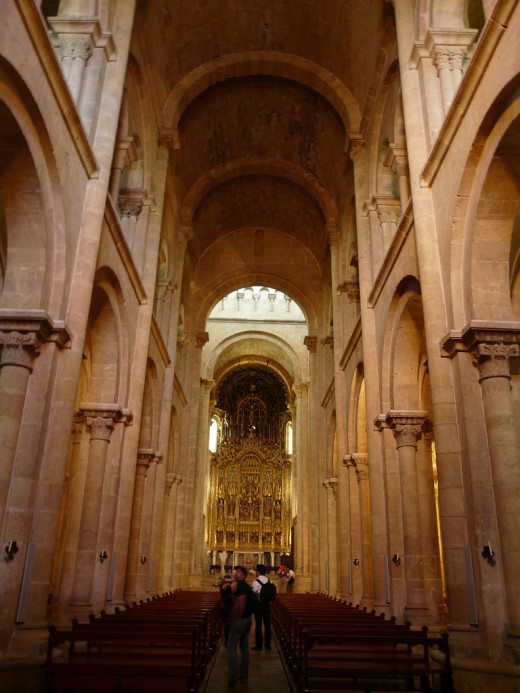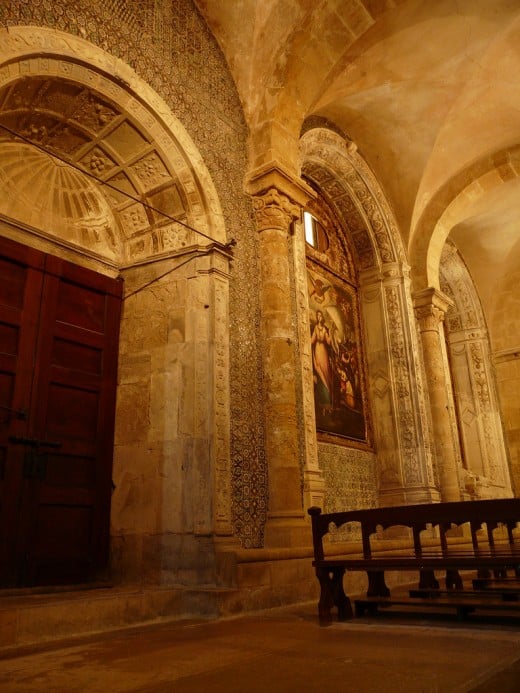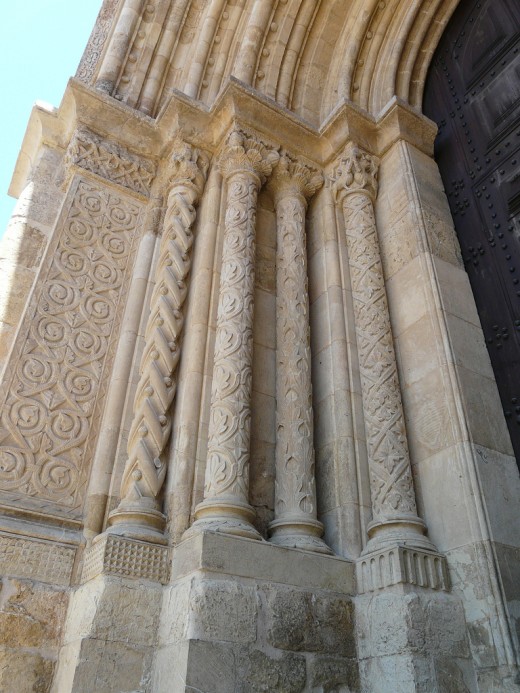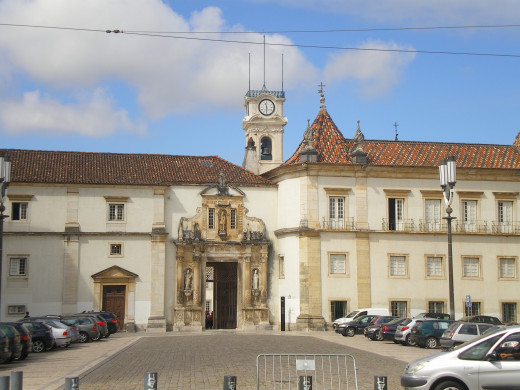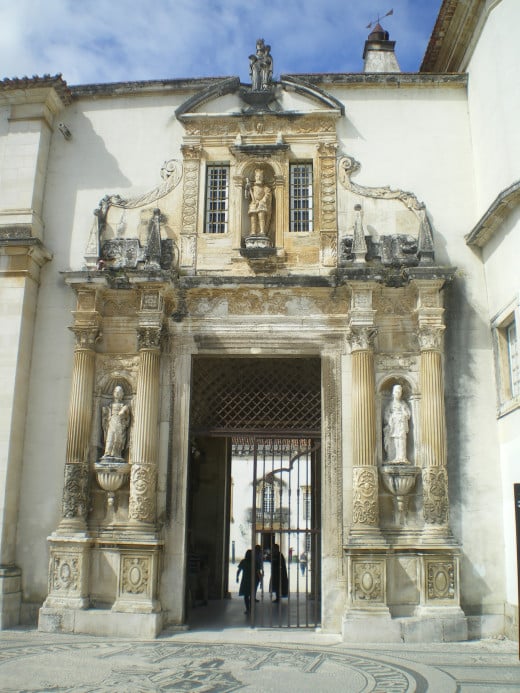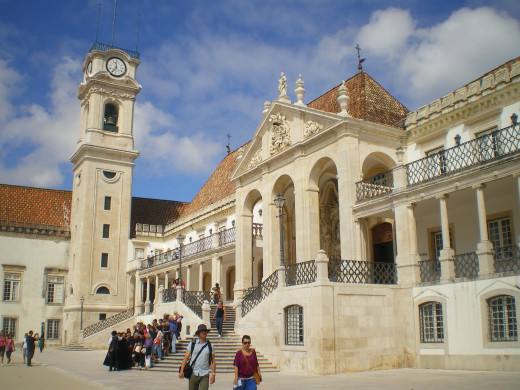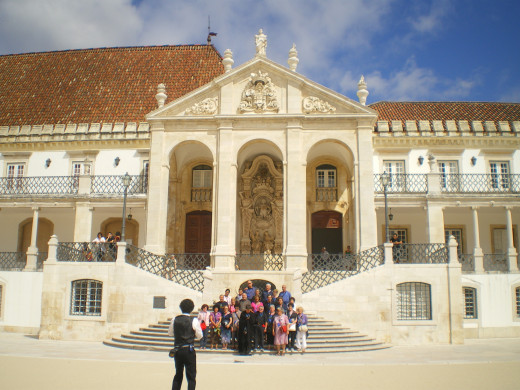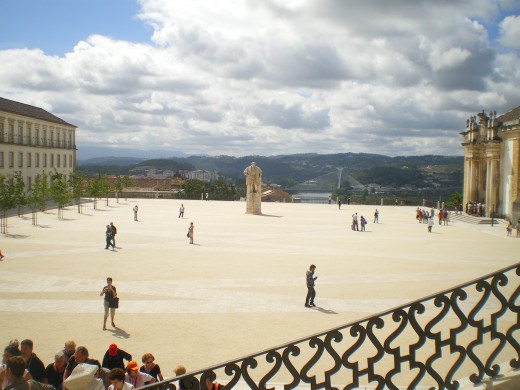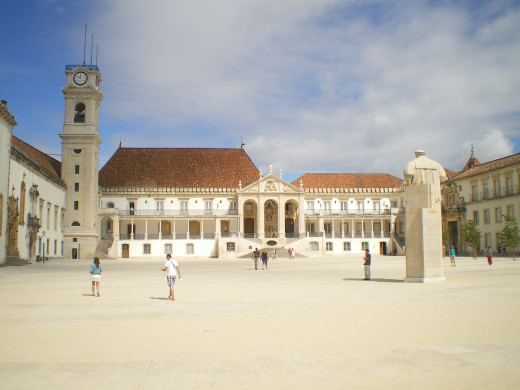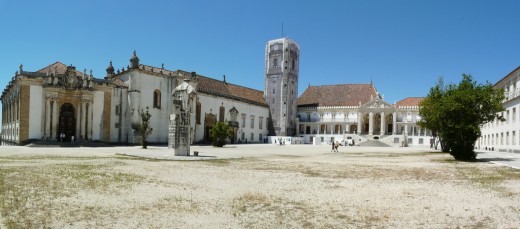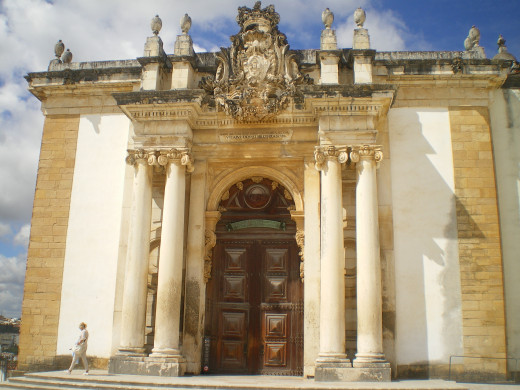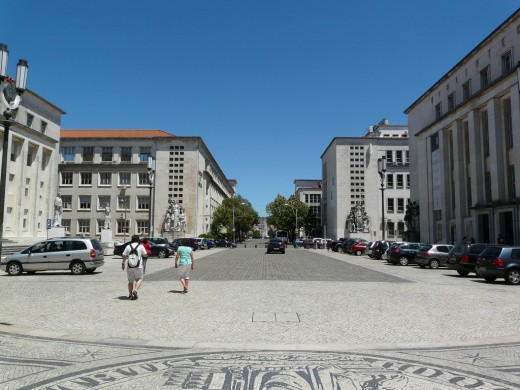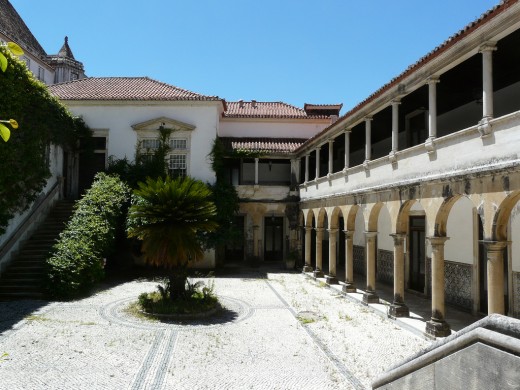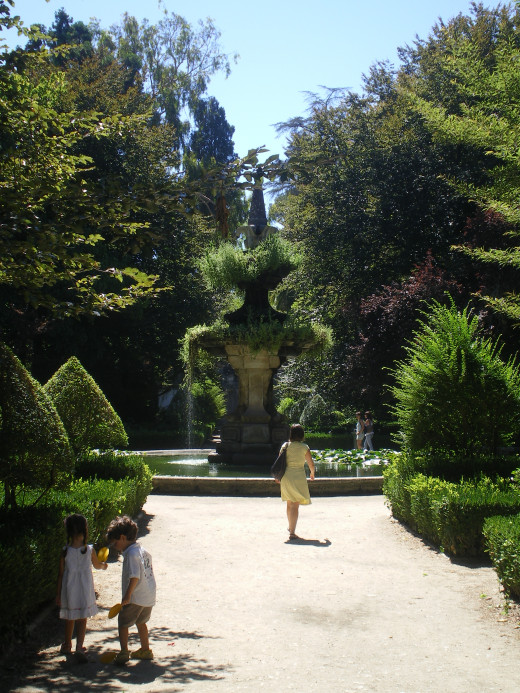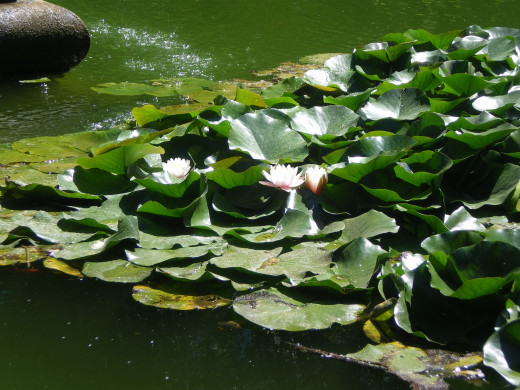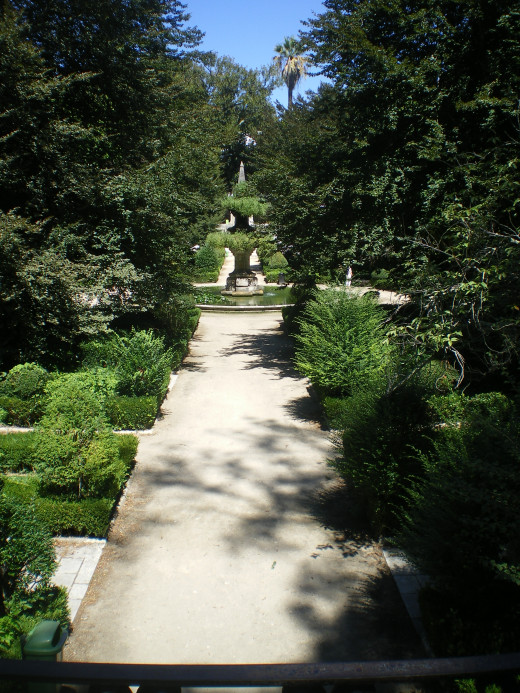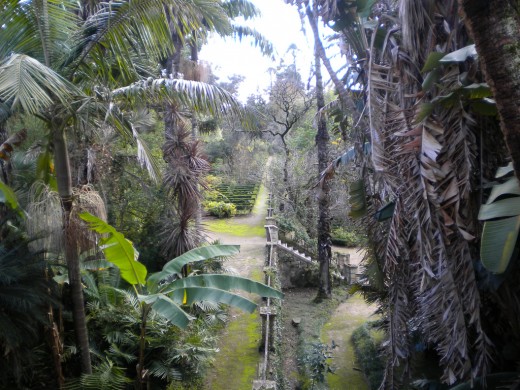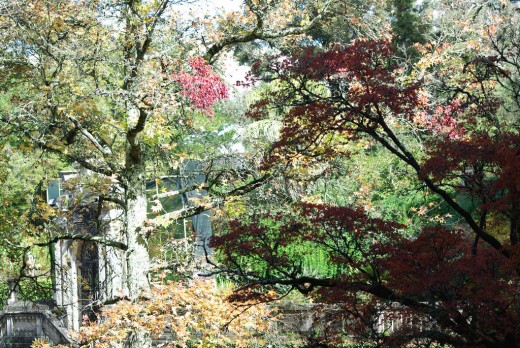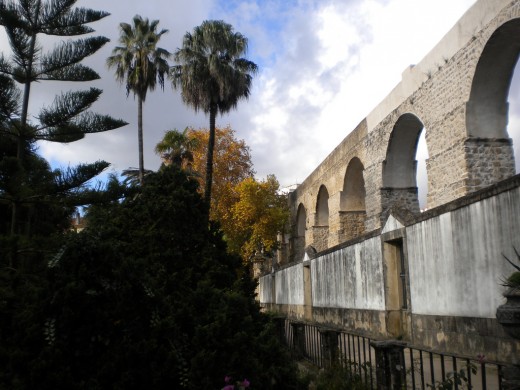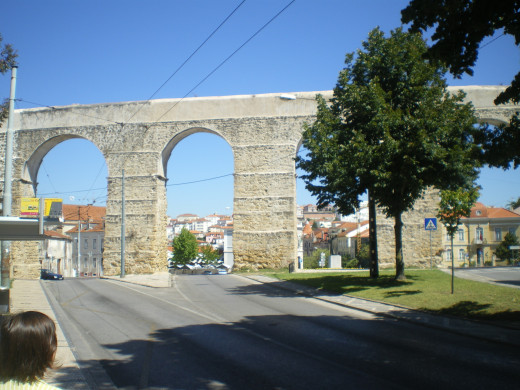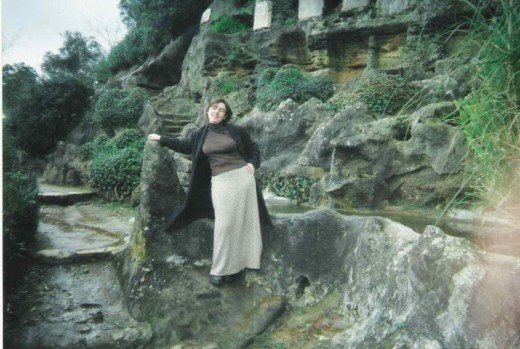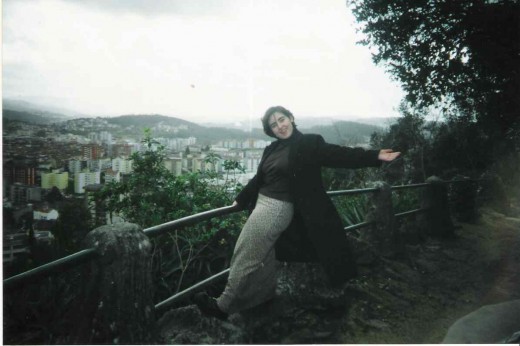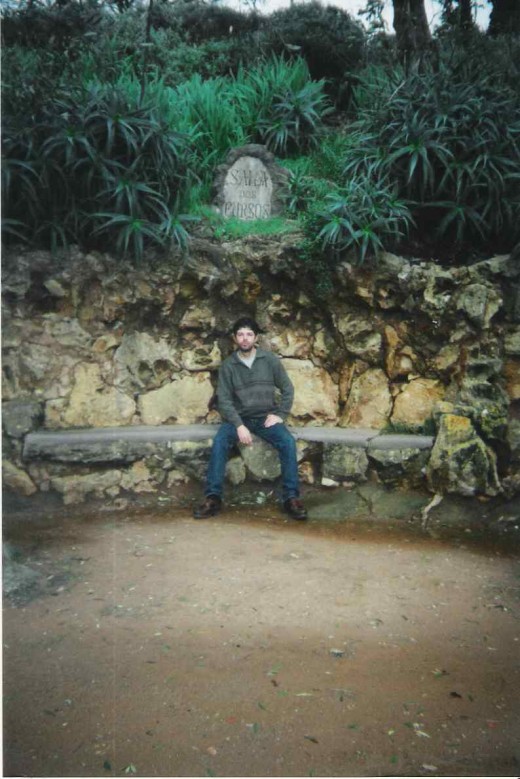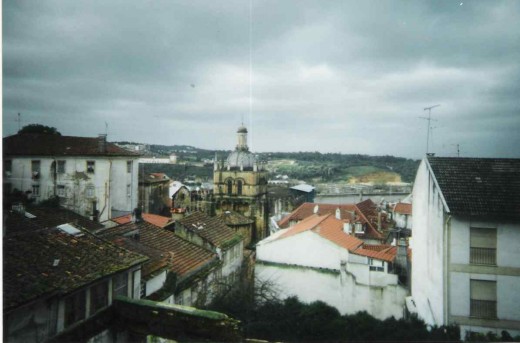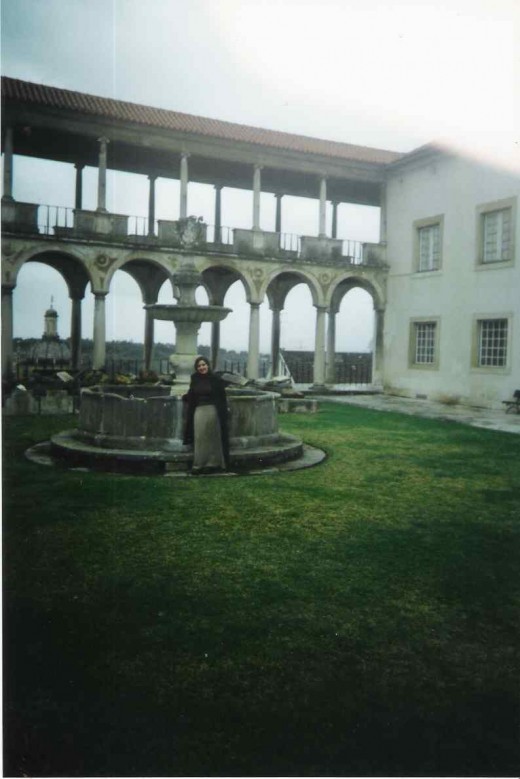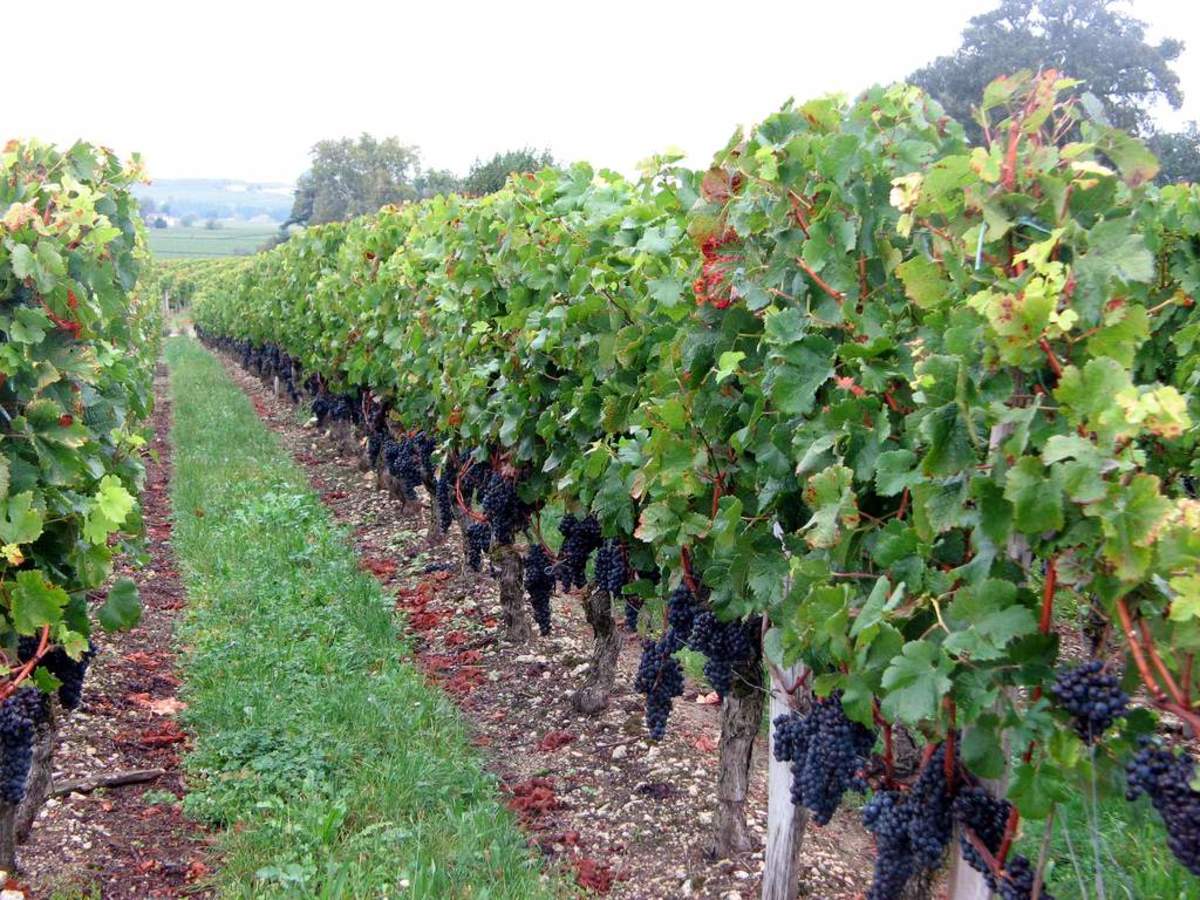Visiting Coimbra - Part 2
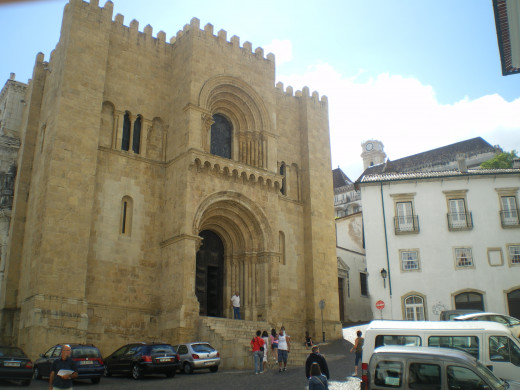
Places to see
This is the follow-up of my last Hub: Visiting Coimbra – Part 1. It was utterly impossible to cover every aspect worth mentioning of this city in just one hub or even two, for that matter. Nonetheless, I will try to cover what I missed in Part 1.
So, I explained roughly what the city meant for me and thousands of other students through time and why everywhere you look you see a place full of life, music, happiness, ideas, tradition and future going hand in hand, I talked about the feeling of Coimbra.
Now, I want to tell you about some of the places you can visit.
Obviously there are many more places than just the ones I will mention, but it’s quite an impossible task to talk about all of them, so I’ll tell you about my favourites places in Coimbra.
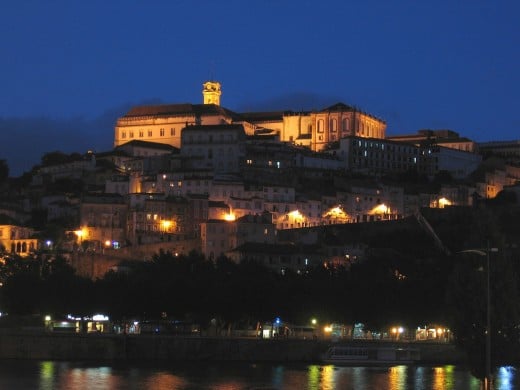
Downtown Coimbra and Mondego River
A great place to start your visit would be by the Mondego River, which bathes the city. Not only you can enjoy a wonderful view, but you can also take your time in one of the city’s parks by the River. Not many years ago a new park was built and it’s one of the best places to enjoy the view of the river, you actually forget you are in the third biggest city of Portugal.
From the river walk towards downtown Coimbra where you’ll find busy streets. Enjoy a walk and take your time to check the old buildings all around. This is a great place if you want to do some shopping also, since there are shops everywhere you look, the tiniest alley is bound to have some interesting shop.
Almost at the end of Street Ferreira Borges you will find a flight of stairs going up, just on your right side, so there is where you should turn and you will find the Arch and the Gate of Almedina. This was the main entrance to the city during the medieval age and as it’s easy to see the Gate was part of the medieval wall of the city, which still stands in some places.
As soon as you pass the gate you find yourself before more stairs. These stairs, conveniently called Breakbacks Street – I wonder why? – connect downtown Coimbra with uptown and give you a chance to visit well worth seeing monuments, such as the Old Cathedral. Be careful however, because it’s quite easy to fall – as the name so well puts it – mainly because centuries of use have smoothed the step stones. Finally, it may be worth mentioning, that a legend says that when someone falls in these stairs, whoever helps that person get up, will marry her…










Old Cathedral
The walk up these tricky stairs will take you to one of my favourite places in Coimbra, the Old Cathedral. This is one of the most important Portuguese monuments, it is one of the oldest cathedrals in Portugal and is the one that has survived relatively intact until our days.
The Cathedral was built where another had stood before, but that was in poor shape when Portugal’s first King D. Afonso Henriques took Coimbra from the Moors and afterwards made it the country’s capital city. So, in 1139 the Cathedral started being built. Throughout the centuries there were additions to the Cathedral, namely in the 13th century the cloisters and in the 15th and 16th century major decoration works that took place, that makes up for the other architectural styles we can find in this monument, such as Gothic or Manueline styles.
Nonetheless, this is a beautiful example of Romanesque Roman Architecture and its imposing facades stand before us reminding us how small we are in the grand scheme of things. Day or night, it was always a place of peace for me and often during the day I would find myself heading for the Old Cathedral with a book, buying a ticket to the cloisters and spending hours there reading in that silence, in that light.
Christian or not, it really doesn’t matter what religion you are, once you enter through those doors you have but to near to something so great, so strong, so timeless and so humbling.
It is in the steps of the Old Cathedral that the Serenade – the first official event of the Burning of the Ribbons festival - takes place.








University
Once you visit the Old Cathedral, if you go on up, you'll find yourself in the University grounds. As you may have guessed from the first part of this article about Coimbra, the University is extremely important to the city, it is one of the oldest Universities in the world and it started back in 1290 under King D. Dinis rule.
It is however interesting to know that Coimbra's University actually started in Lisbon and were it not for - most probably - emancipation problems from the Church - this University might have been known as Lisbon's University. So, in 1308 the University is actually established in this city, which already had a tradition in learning, since Santa Cruz Monastery from Coimbra was well known for the excellence of its schooling.
For a while, the University was back and forth between the two cities, but then finally in the 16th Century it was definitively installed in the Alcaçova Palace in Coimbra.
The old University grounds, where we can still find in our days Joanina Library and the Law Faculty, among other services, suffered an amazing change in the 1940s under the rule of Portuguese Dictatorship entitled the New State. Similarly to the University cities of Oslo, Rome, etc, Portuguese politicians decided to build a University city in uptown Coimbra. Now, the problem with this plan was that old University was surrounded by buildings that were people's houses, shops and whatever else you may think there is in a regular city, after all this was the city center, but that didn't stop them. Demolishing whatever was in the way was the answer. It was a major planning and construction work that lasted until the 1970s. The result was the construction of the various Faculties, Medicine, Engineering, Mathematic and all the others, as we still know them today.
Despite the dramatic change, it is possible that this project alone makes up in a great part for the academic and fraternal spirit of the students, because the closeness of the faculties created a center, a brotherhood and friendship bonds that are the brand of life in Coimbra. Ironically, right now, especially due to space issues, some faculties are being moved to the outskirts of the city into new buildings.
Finally, and since we are talking about the University, we cannot but speak about the "Goat" and no, it's not a real goat. The Goat is actually the bell in the tower of the University, which was built in the 18th century and that has become a symbol of the University. While the Goat is one of the three bells (each has its own name) in the tower, for many years now the whole tower has been called the Goat. The tower, because of its location, as well as its height, it's one of the first things you see when you are arriving in Coimbra and its also the best place to get an amazing view of the city. It was an astronomical observatory for the teachers and students in the University, but now it's possible for the public to visit the tower and it's well worth it. Now, but why Goat? Well, the bell named Goat actually calls students to class every morning at 7 a.m. if it's a school day, and then at the end of the day it tolls again to let everyone know it's time to go home for the day, hence the name Goat, since it wasn't very nice to wake up with the Goat tolling...










Joanina Library
The Library is a masterpiece of baroque architecture and is a must-see. It is located in the University city, just next to the Goat and the old University grounds, next to the Law Faculty and it was built in the 18th Century.
The Joanina Library is part of the General Library of the University and it has priceless books on medicine, history and so much more, its collection of more than 200.000 books dating from 16th, 17th, 18th and 19th centuries is extremely valuable, not only monetarily, but historically. It is possible to have access to the books, but that requires a previous request in writing.
But even if you don't need to research any of the books in this Library you can't miss it, because it is truly a gem of architecture. The coat of arms of King João V, responsible for the construction of the Library stands on top of the immense entrance door, then as you go inside you are dazed by the vision of the three rooms of the library that stretch before your eyes. From top to bottom the walls are covered in bookshelves and books. The high ceilings are richly decorated in gilded or painted exotic wood and amazing paint work meets the eye everywhere you looks. The decoration is so rich of goldens and exotic woods that your senses may be overwhelmed until you make out all the ostentation that King João V intended and you pay attention to the exquisite details.







Botanical Garden
The Botanical Garden is part of the Museum of Natural History of the University and is considered to be one of the most beautiful in all of Europe. It was founded in the 18th Century and occupies approximately 13 hectares, being divided in two main parts: the highest level of the garden with the central square and the Arboretum.
The highest level of the garden is divided in terraces and it is the most formal area. The central square is of a more primitive nature is decorated much like all the other gardens of the 18th Century. The garden also feature order beds for the botany students and greenhouses.
The Arboretum, that is, the woods of the botanical garden, features collections of exotic trees, bamboos, eucalyptus and many others.
A walk through the Garden is definitely a walk through the world and it is a relaxing well spent time.



Longing cliff
The Longing Cliff or Penedo da Saudade, as we say in Portuguese, is a public garden that has an exquisite view over the city. It is said that after the murder of his beloved Inês, D. Pedro often came to the Longing Cliff to grieve. Later on it was always a chosen place for lovers to meet or even for friends to get together and enjoy the view of the city, watching the nightfall and play and sing together. Because of all this it is a place chosen for those who left to inscribe their longing for the city and for the time they had there and that is why here and there you find poems and songs inscribed in stones, telling the tales of other days and of others that were once there.
The Villa of Tears
This is an estate on the left bank of Mondego River, that was for centuries a hunting ground for the Portuguese Royal Family. Right now, the estate with a bit more of 18 hectares and a Palace originally dated from the 18th century, later on rebuilt because of a fire, is a Luxury Hotel, but back in the 14th century it witnessed the love of Prince D. Pedro I, later crowned King with his wife’s handmaiden, D. Inês, with whom he fell deeply in love and had several children with. It was here that D. Inês was murdered and because of this love and this murder the estate was forever connected with love and loss. There are two fountains in the estate, one is called the Fountain of Lovers, because it witness such beautiful love, the other is called Fountain of Tears, because it is said the fountain was born from the tears Inês cried while being murdered. Until this day it is said the rocks near the fountain are red from Inês’ blood.
Apart from this cursed loved it is a beautiful place to visit, the palace and the grounds surrounded with all the luscious green trees, many of them centuries old.
The grounds surrounding the palace are open to the public and it’s possible to visit the medieval garden, to see the two fountains and of course walk around in the woods. Remember that the plants and trees at the estate are a magnificient living treasure, amazing specimens are planted here, maybe because the owner of the estate, back when the Palace was built was a personal friend of the Director of the Botanical Garden of Coimbra and they often exchanged species between them.
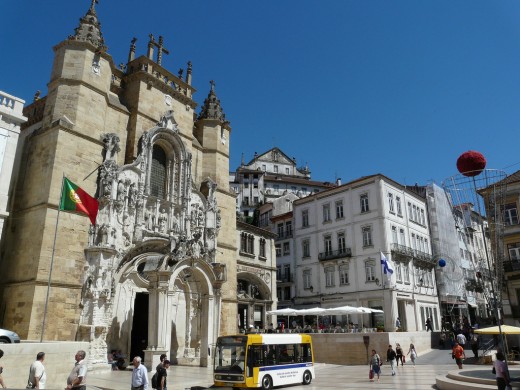


So much more
I have to stop now, otherwise I would just go on forever... There are so many amazing places to visit in Coimbra that today and tomorrow would not be enough to tell you about them... Just to name a few more, since I can't help myself:
- Santa Clara Monastery;
- Santa Cruz Monastery;
- New Cathedral;
- The mermaid garden;
- Machado de Castro Museum with its Roman Cryptoporticus;
- The Roman ruins in Conimbriga just outside Coimbra;
- Choupal National Forest.
And so many others... These are all places I just love...
Then there are other things which you must do while in Coimbra, since they are also a part of the visit to the city. As I mentioned in Part 1 you should check out a typical Fado restaurant or a Fado house, but you should also experience Coimbra by night, there is an endless number of bars to meet whichever your taste is, from Jazz, to Punk Rock, to Gothic, you name it, you find everything in Coimbra. Whichever your urban tribe is, you will find your place there. From musicians, to actors, to philosophers, to intelectuals, to... So, try to interact a bit with the city folks, because that is also visiting Coimbra and you'll find that everyone is into knowing new people, new cultures, new things and also to show others all they learned, all they know.
At one point myself and my group of friends "adopted" a Pole, who was travelling through Europe and had parted his friends in France, since they wanted to visit different places. He ended up alone in Coimbra, where we met him and decided we had to be good hosts, so in the end he spent a few days in one of my friend's house and we got to show him around and know a little more about Poland.
So, head for Republic Square to find some more than willing students that can show you around the city. The Republic Square is quite near the University and it's where most people get together, especially at night (there is where the night starts) and especially during the days of the festivals and it is also the place that has some iconic cafes like "Académico" and "Tropical".
Finally, there is not much more to say, but to hope you enjoy Coimbra and find there a bit of the magic I feel.
Feedback
Don’t forget to leave me your comment and vote on the hub.
For more information check out my profile and stop by my other hubs.
And if you enjoyed, maybe you can also join us here at Hubpages, it’s fun and free and you can click here.
© Copyright May 25 2012 / Algarveview.hubpages.com. To use part or the whole article you must first get written permission from the author. Feel free, nonetheless, to use an intro of the hub with a link to the article here on hubpages for the rest of the article.
© 2012 Joana e Bruno

